The first Pied Oystercatcher chick of 2020
10,000 Birds
JULY 19, 2020
Our first Pied Oystercatcher eggs for this year’s breeding season were laid early and were due to hatch last weekend. This pair of Pied Oystercatchers never seems to have a problem with incubating their eggs. They take it in turns over the twenty eight days sitting or hovering over the eggs. Pied Oystercatcher egg.

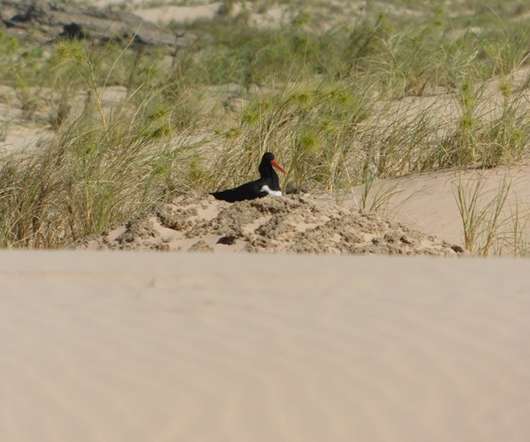
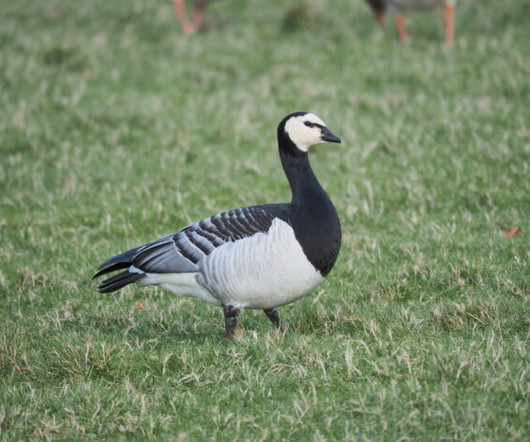
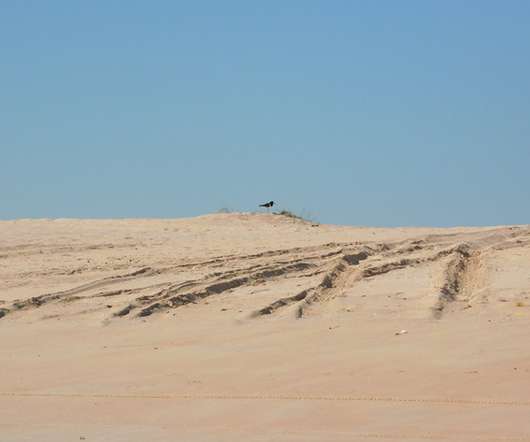
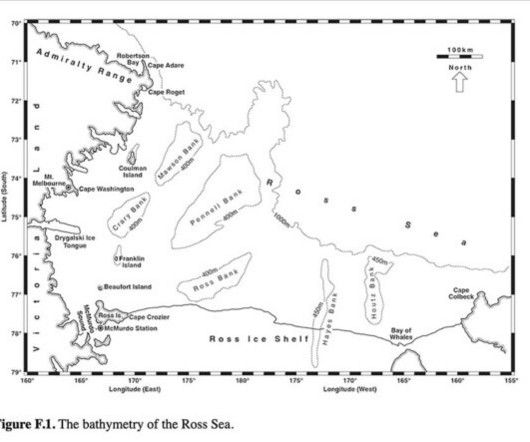
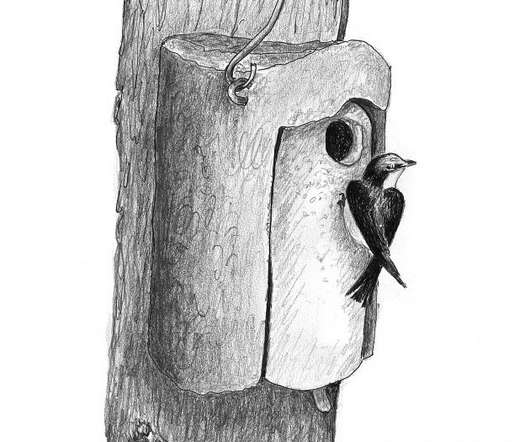
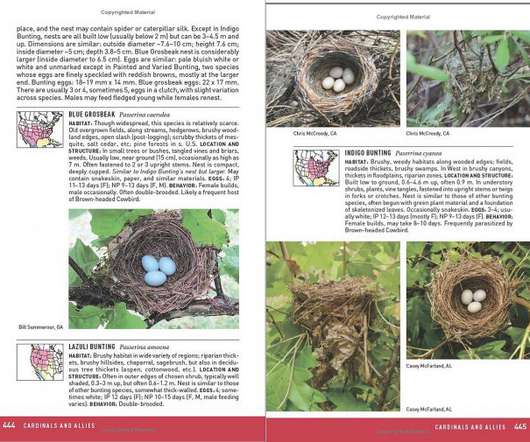






Let's personalize your content